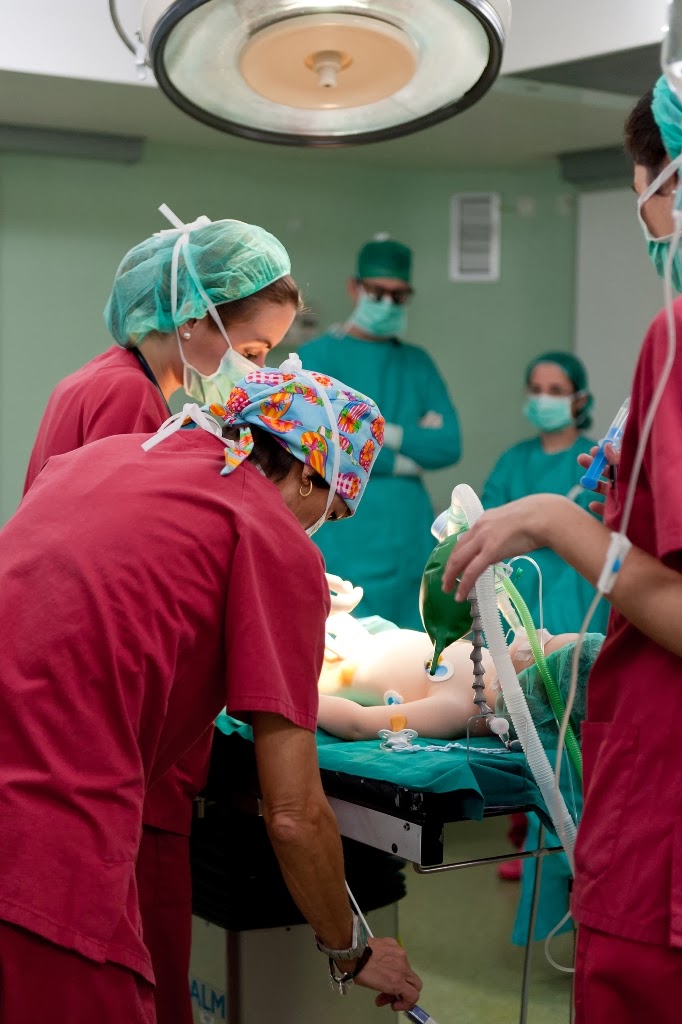This summer,
Lara received the call that every mother dreads. Someone from a hospital far
away woke her at 6 a.m. to deliver the news that her six-year-old daughter,
Preslee, had been seriously injured in a car accident while visiting family
near Winston-Salem, N.C. She was taken to the Level I Pediatric Trauma Center
at Wake Forest Baptist Health - Brenner Children's Hospital for treatment.
Preslee’s injuries were extensive: fractured skull; broken leg, arm and wrist;
collapsed lungs; lacerated liver; thoracic vertebra compression fractures; and
torn neck ligaments.
While Lara
flew from Texas to North Carolina, Dr. Kristen Zeller performed a life-saving
emergency bedside surgery on Preslee’s abdomen a few hours after she arrived in
the hospital. Once Lara arrived at Brenner Children's, she was told Preslee was
unconscious and on a ventilator to breathe. They had to take it one hour at a
time.
Over the next
few weeks, Preslee received several more surgeries to repair her broken bones,
along with the full care of the pediatric trauma staff for her other injuries.
After almost a month at Brenner Children's, Preslee began to heal and was able
to travel home with her mother. She received follow up care at Texas Children’s
Hospital in Houston. After only four months, Preslee is out of her casts, neck
brace and other protective gear, including her wheelchair, and has started
first grade. Although Preslee and her family still have some healing to do, her
recovery has been stellar and she has even resumed gymnastics!
Preslee’s
success is due in large part to the highly-skilled and prepared pediatric
trauma health care providers that were available at an American College of
Surgeon’s certified Level I Pediatric Trauma Center, one of only 42 in the U.S.


